An Introduction into Wildcrafting: A MUST-HAVE Survival Skill!
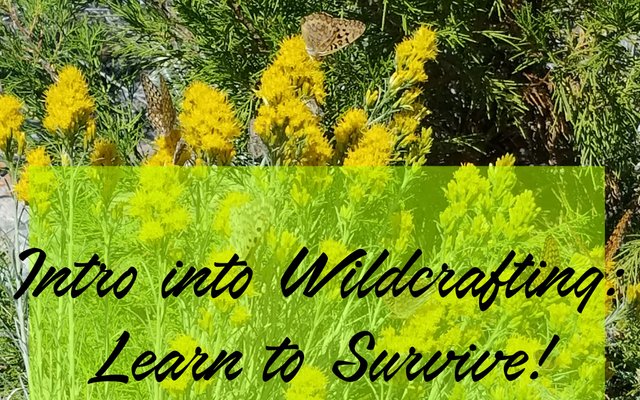
What would you do if the grocery store shelves went barren? Have you any idea how to feed yourself or your family if food wasn’t provided to you in a pretty package? How long would our families, communities, towns and cities, even our country, survive if we faced a massive food shortage?

These are all questions you should be asking yourself. We have become blatantly over-dependent on corporations and private companies to provide us food. The reality is that our food stability is an illusion. We have encountered food shortages and famine many times in the history of mankind. To believe that we would never see such famine in our lifetime is delusional.
In America, we probably would not see a blatant supply disruption in food. HOWEVER, it is very possible that the average lower to middle class person could not afford to buy food!
A loaf of bread for $10. A gallon of milk for $15. A pound of beef for $25. Would you be able to afford to buy store bought food at such outrageous prices?
Alright, enough with the doomsday outlook. What are some other reasons to consider introducing wildcrafting in your life?
For one, you can cut down on your grocery bill. Who doesn’t want to spend less on food!
Wild edibles are ancient and are highly nutritious whereas many store-bought foods are processed and stripped of their vitamins.
Getting out to collect edibles is a great way to exercise and lighten the mood. Get out and enjoy some fresh air!
Wildcrafting is becoming a lost art. This tradition is a great way to keep pioneering alive and is something you can pass down to your children and your friends.
Wild edibles are delicious!
Wildcrafting is a beautiful, practical and low-cost to free method of liberating yourself from the over-dependence on our food system.
So, what is Wildcrafting?
Wildcrafting is, simply put, “the practice of harvesting plants from their natural, or 'wild' habitat, primarily for food or medicinal purposes. It applies to uncultivated plants wherever they may be found and is not necessarily limited to wilderness areas.” -https://en.wikipedia.org/wiki/Wildcrafting
Wildcrafting is also about long-term sustainability for the plant to survive for generations to come. What would be the point of over-harvesting a plant to the point that it could no longer reproduce or survive? Just like hunting, one must consider long-term effects of taking a harvest from the wild to ensure that the source comes back to be bountiful year over year.
There is an aspect of wildcrafting that relates to spirituality and witchcraft that you will certainly come across when researching on the internet. This view on wildcrafting is strictly personal preference. Some practitioners pause and ask permission from the plant to be harvested. They make some sort of offering before they cut the plant. To me, that is a bit too new age and in a survival situation I will not be asking permission from the plant for its bounty! I will, however, ensure to harvest correctly so the plant cannot only survive, but can flourish!
How to Get Started
When beginning your adventure into wildcrafting, it can feel a bit overwhelming as there are so many plants and so much ground to cover. I suggest starting simple with identifying the most common of plants and starting with the simplest of tools. There are a few essentials you will need to get started:
A Collecting bag – a cotton or canvas tote bag is ideal for collecting. Stay away from plastic bags for leafy plants as moisture may buildup and ruin your harvest. Wild berries and stone fruits fare okay in plastics. You can find cloth bags in America for a couple of bucks in most stores. You can also use them for grocery shopping as well.

You will also want to carry smaller cloth bags for separating out different plant species and help in keeping the foraged items intact.
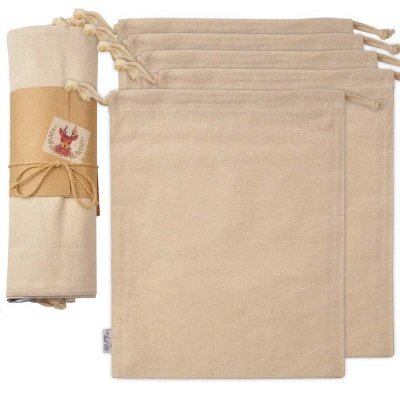
Organic Cotton Muslin Produce Storage Bag
Tools: Having the proper wildcrafting tools to curate your harvest are essential. You don’t need to start with expensive fancy tools, even a pair of everyday scissors and a gardening hand trowel will do the trick. However, I do recommend getting a good rooting tool such as the Japanese Hori Hori.
I also suggest a good pocket knife for cutting small twigs loaded with fruit and cutting mushroom stems. A small saw is ideal for collecting barks off trees.
Guide Books: A proper guidebook for edible and medicinal plants in your area is key to successful wildcrafting. Sure, you can look up the plants on various websites and get the information you need, but you will second-guess yourself in the field when trying to find the plant. You can also print out the information you need but having a handy book that you can whip out for identification is much easier than fumbling through piles of flimsy papers.
I own these two books for my neck of the woods:
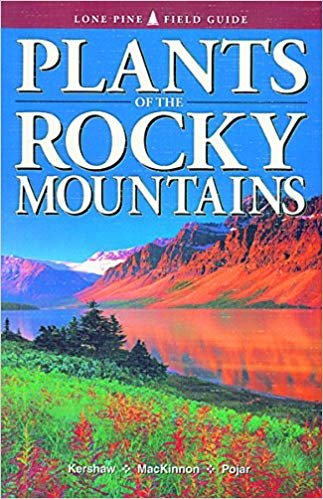
Plants of the Rocky Mountains (Lone Pine Field Guide)
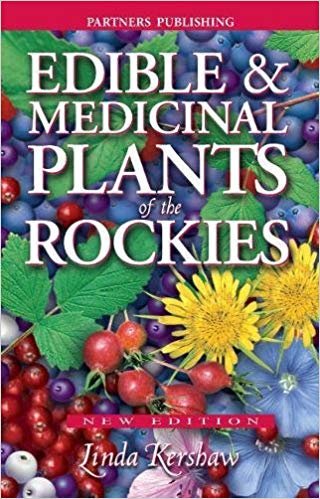
Edible and Medicinal Plants of the Rockies
However, since I now travel all over America for work, I plan to purchase this book for common edible and medicinal plants across the states.
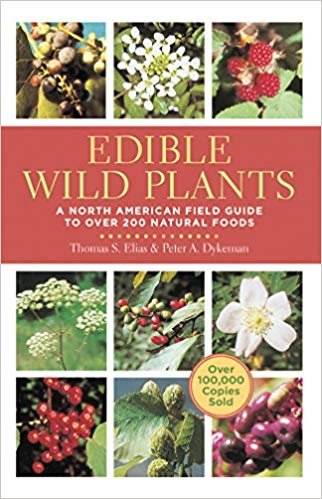
Edible Wild Plants: A North American Field Guide to Over 200 Natural Foods
That should be just enough information to get you started on your journey to becoming a knowledgeable and responsible wildcrafter. Please share your harvestable experiences with me!


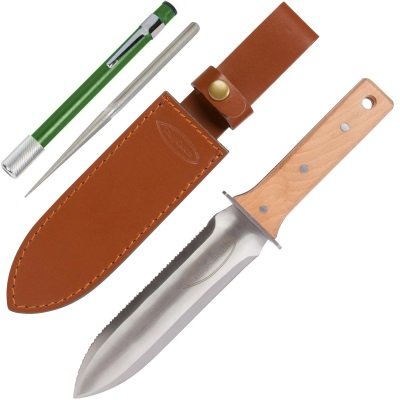





Really good post
Thank you. There will be more to come on this topic.